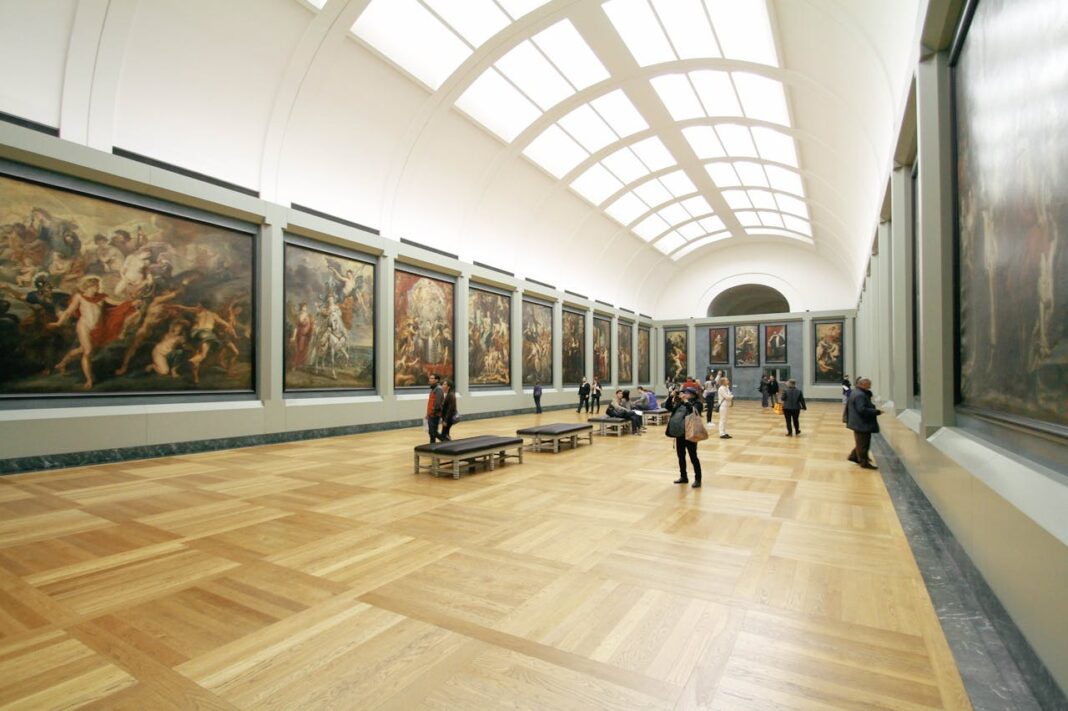The art industry is one of the most exciting and diverse career fields in the world. From traditional galleries in London’s Mayfair to the artistic streets of Paris and the ancient museums of Rome, there are countless ways to build a successful career.
Whether you love creating, selling, curating or managing, the art world offers something for every passion. In the UK alone, the creative industries employ more than two million people, showing just how important art and culture are to the economy.
Working in Galleries and Museums
One of the most well-known paths in the art industry is working in galleries or museums. These roles can include gallery assistants, curators, exhibition planners and art handlers. Especially with art galleries in Mayfair, specialists help collectors and investors find rare works.
Salaries can vary depending on experience and the size of the gallery. An assistant may earn between £22,000 and £28,000 a year, while senior curators or gallery directors can earn £40,000 to £70,000 or more. In cities like Paris and Rome, these roles are equally respected, with opportunities to work in some of the world’s oldest and most famous cultural institutions.
Online Art and Digital Opportunities
With technology transforming the way art is bought and viewed, many careers now exist online. Digital galleries, auction websites and online art marketplaces are thriving. Jobs include digital marketing specialists, social media managers, web designers and online curators.
Artists themselves can also make a living selling their work directly to global audiences. According to industry estimates, the online art market is now worth over £10 billion a year worldwide. This has opened up flexible and remote roles for people who want to work creatively from anywhere in the world.
Creative Roles Beyond the Canvas
Not every job in the art world involves creating paintings or sculptures. Many professionals build careers in restoration, conservation, art journalism, education or design. Art conservators work to preserve paintings and historic artefacts, often earning between £30,000 and £50,000 depending on their expertise.
Art educators teach in schools, colleges or workshops, helping the next generation of artists. There are also careers in art publishing, where writers and editors produce books and magazines about art history and contemporary trends. The art world extends beyond the gallery walls, touching every part of media, fashion, and even technology.
How to Start a Career in Art
Starting a career in art usually begins with building experience and making connections. Many people study fine art, art history, or design at university, but there are also vocational routes through apprenticeships or internships.
Gaining hands-on experience is key — volunteering at a gallery, helping to set up exhibitions or assisting local artists can open doors. Networking events, art fairs and online platforms like LinkedIn and Instagram can also help you meet industry professionals. The art world values passion and persistence, and those who stay active and visible often find more opportunities.
Art Capitals of the World
London, Paris and Rome remain the beating hearts of the global art scene. London’s Mayfair is famous for its luxury galleries and auction houses. Paris offers a blend of classical and modern art, while Rome connects the ancient and the contemporary.
Other art capitals include New York, Berlin and Tokyo — each offering its own culture and style. Many professionals move between these cities during their careers, building international experience and connections.
Final Thought
A career in art can be both rewarding and challenging. It combines creativity with business, tradition with innovation. Whether you’re curating a show in Mayfair, designing an online exhibition from home, or teaching art in a local studio, the possibilities are endless. With the global art market growing and digital opportunities expanding, now is one of the best times to explore a career in this inspiring and ever-changing industry.


